Loroco Plant For Sale – The idea of buying things that were once owned by someone else is no longer considered taboo or lesser; rather, it has become a lifestyle choice for those who want to make smarter, more ethical purchasing decisions. Whether through local thrift stores, online marketplaces, or garage sales, the option to buy pre-owned items has created a flourishing market that continues to grow. For those looking to sell, the online marketplace offers the chance to reach a larger audience, increasing the chances of finding the right buyer. It carries the marks of life’s moments: the road trips, the adventures, the daily commutes, the memories of friends and family. Whether it’s an item, a service, or even a person, the act of being “for sale” represents a moment of transition, a shift from one stage of life to another. Yet, even within this system, there is room for hope. A house can be bought, a car can be sold, a watch can be pawned. In many cases, sellers may work with business brokers, financial advisors, or accountants to help value the business and identify potential buyers. This shift from a linear economy, where products are made, used, and disposed of, to a circular one, where products are continually reused and repurposed, is a step towards a more sustainable and environmentally friendly world. In this sense, purchasing pre-owned items can be seen as a form of social responsibility, as it helps create a positive impact that extends beyond the individual buyer. Additionally, trends in sustainability and eco-conscious living have contributed to the growth of the second-hand market, as consumers become more aware of the environmental impact of their purchasing decisions. Additionally, many second-hand items are still in excellent condition, having been gently used or well-maintained by their previous owners, further enhancing the appeal of these products. Conversely, periods of economic growth may lead to more businesses being sold due to increased valuations and higher demand. The sale and purchase of second-hand goods play a pivotal role in this transition, demonstrating how individuals can make a meaningful impact through everyday choices. Quality products often come with warranties and customer service support, offering peace of mind to consumers who are investing in something that will serve them well over time. In the end, the real challenge is to navigate this world — to understand the forces of commerce that shape our lives, while holding onto those things that remain beyond the reach of money. Second-hand goods for sale are no longer seen as inferior or out-of-date, but rather as a conscious, stylish, and eco-friendly choice. But is this a reflection of reality? Or is it an illusion we’ve created, an idea we’ve accepted in order to make sense of a world that increasingly revolves around consumption and profit?
At the core of this idea lies the assumption that everything, no matter how unique or rare, can be exchanged. It’s a world where even personal growth, self-actualization, and emotional healing are framed as commodities, available for purchase at any time, but only if you’re willing to pay the price. The materials, labor, and expertise that go into crafting these items naturally make them more expensive.
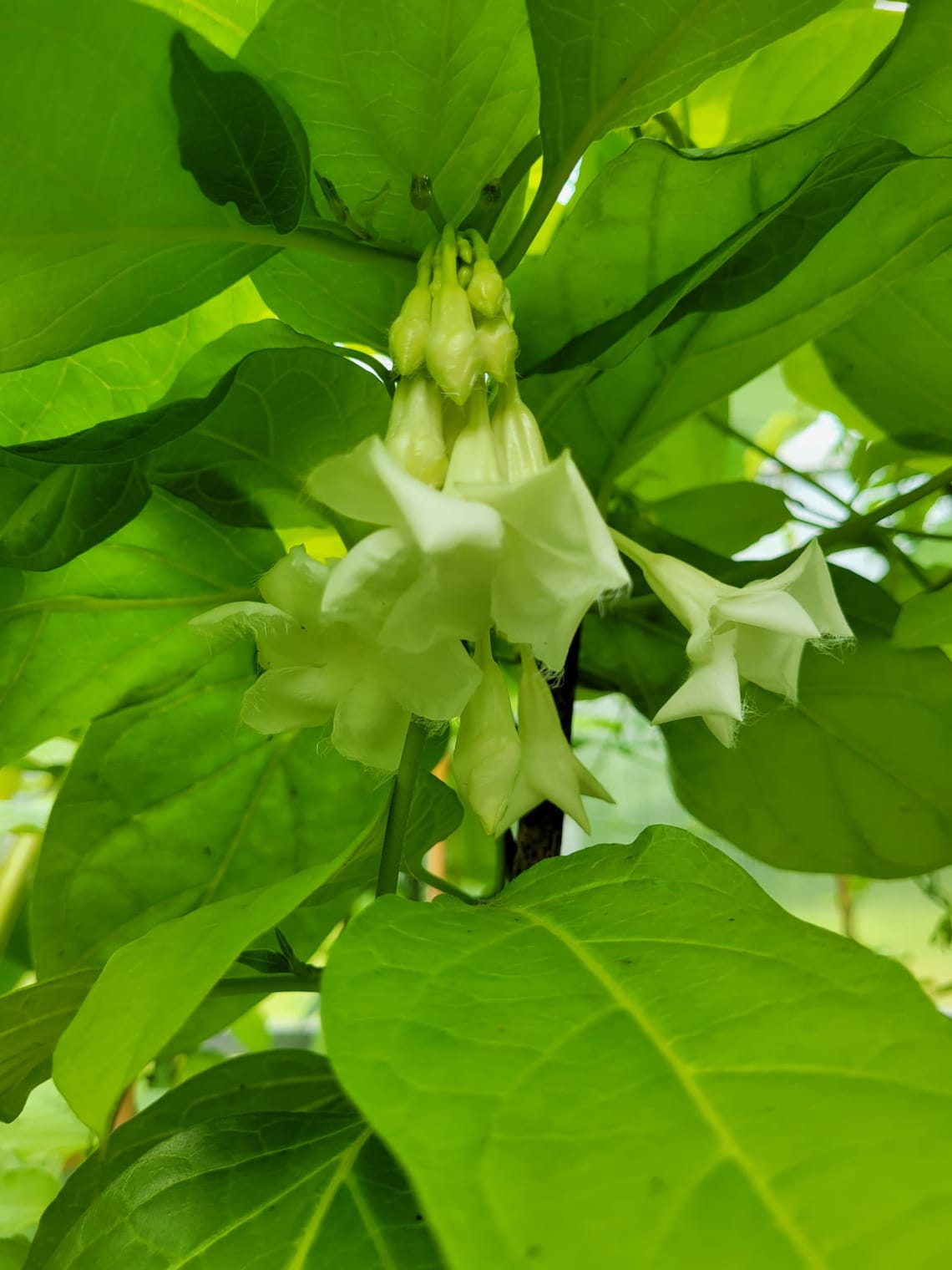
Loroco Plant Healthy & Beautiful With Flower Buds Etsy
Women ownedhandmadefree & easy returnsorganic

Mama Lycha Frozen Loroco Flower Shop Specialty & Asian at HEB
Women ownedhandmadefree & easy returnsorganic
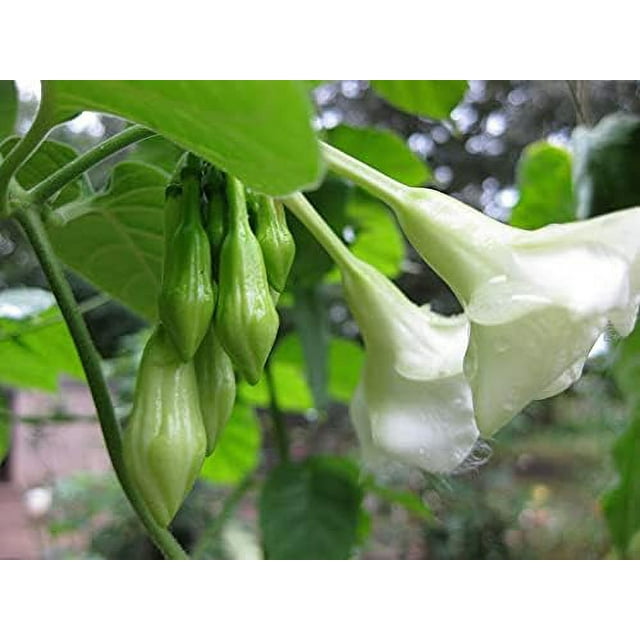
Dichondra 8pcs loroco Plant Seeds
Women ownedhandmadefree & easy returnsorganic

Shop Live Loroco Plant For Sale
Women ownedhandmadefree & easy returnsorganic
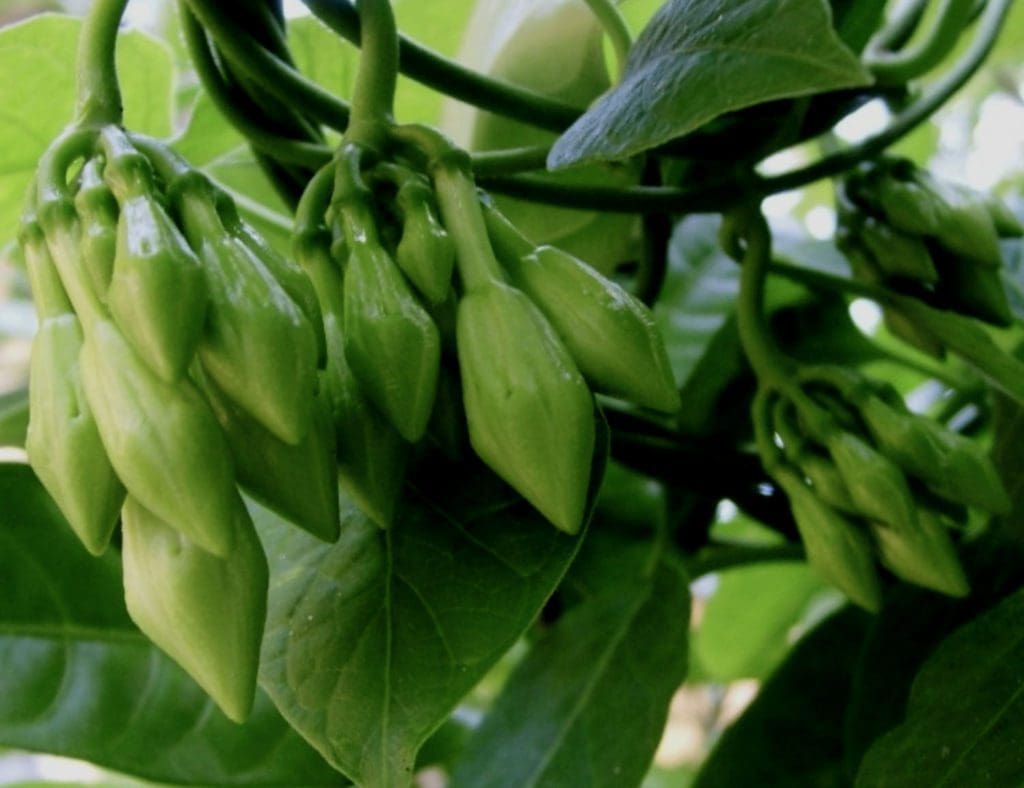
The key to cultivating loroco? According to one family of growers, it's
Women ownedhandmadefree & easy returnsorganic
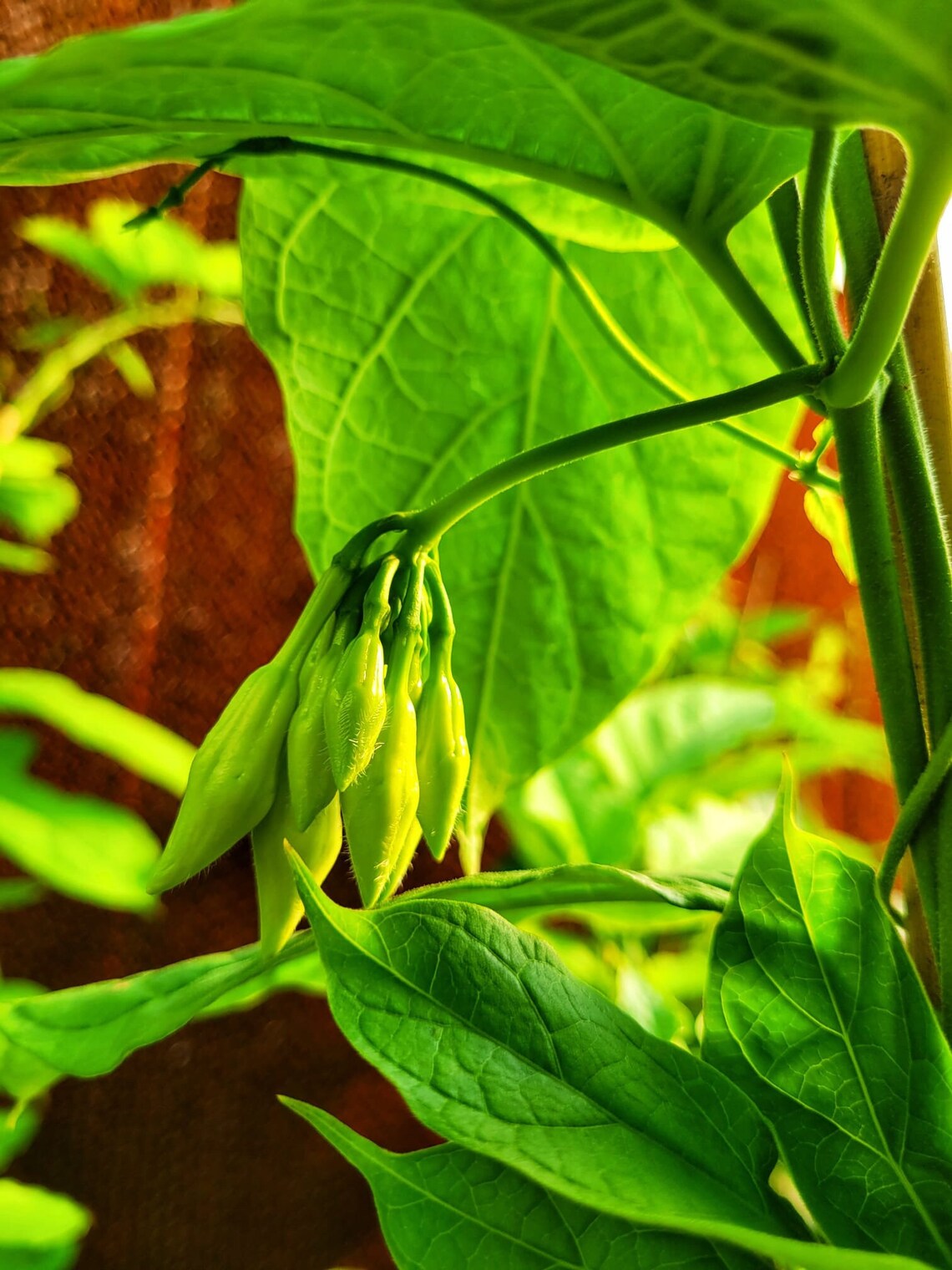
Loroco Plant Healthy & Beautiful With Flower Buds Etsy
Women ownedhandmadefree & easy returnsorganic

Loroco Plant Healthy & Beautiful With Flower Buds Etsy
Women ownedhandmadefree & easy returnsorganic
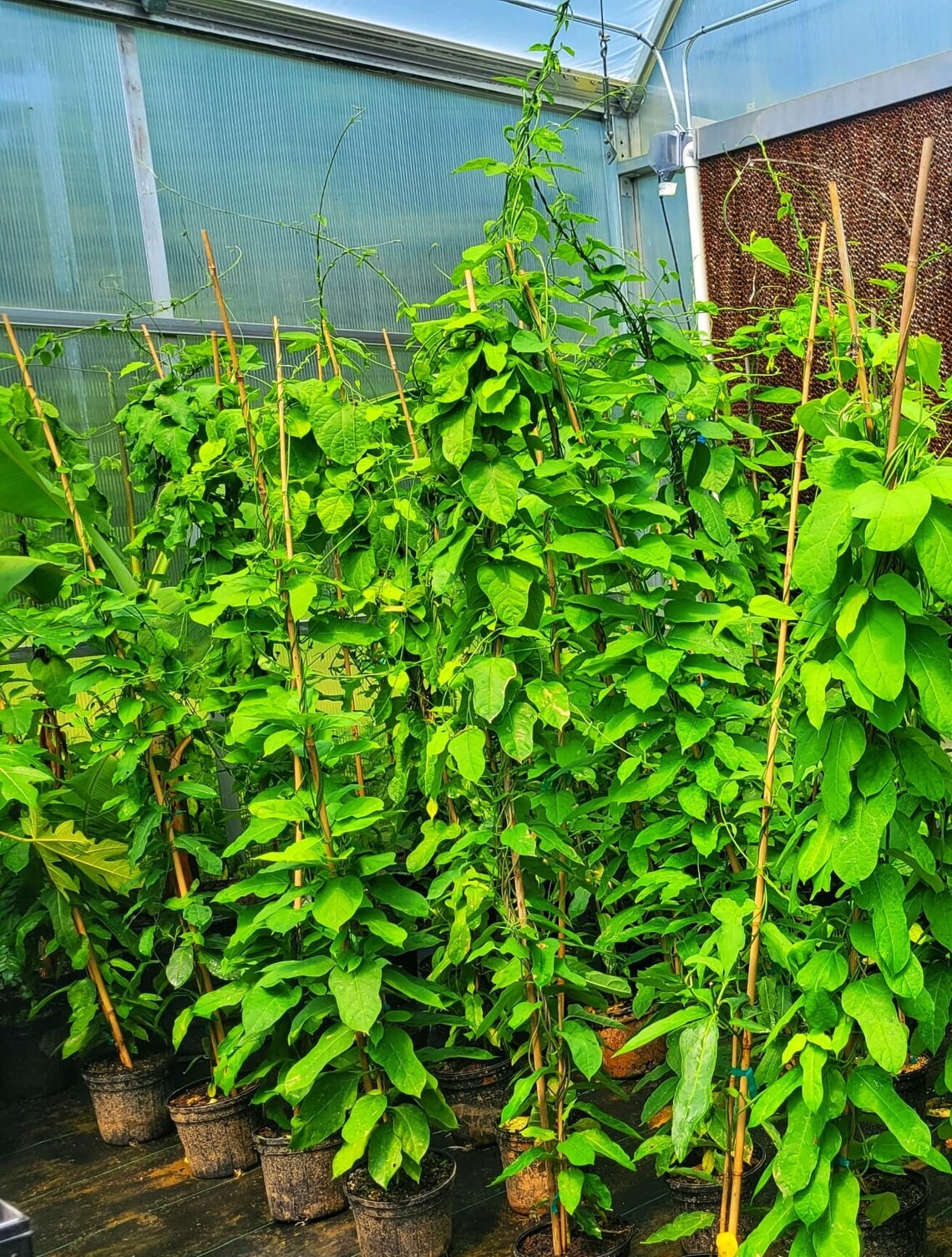
Loroco Plant Healthy & Beautiful With Flower Buds Etsy
Women ownedhandmadefree & easy returnsorganic

Loroco/Loro Bud/Fernaldia Pandurata Zoom's Edible Plants
Women ownedhandmadefree & easy returnsorganic
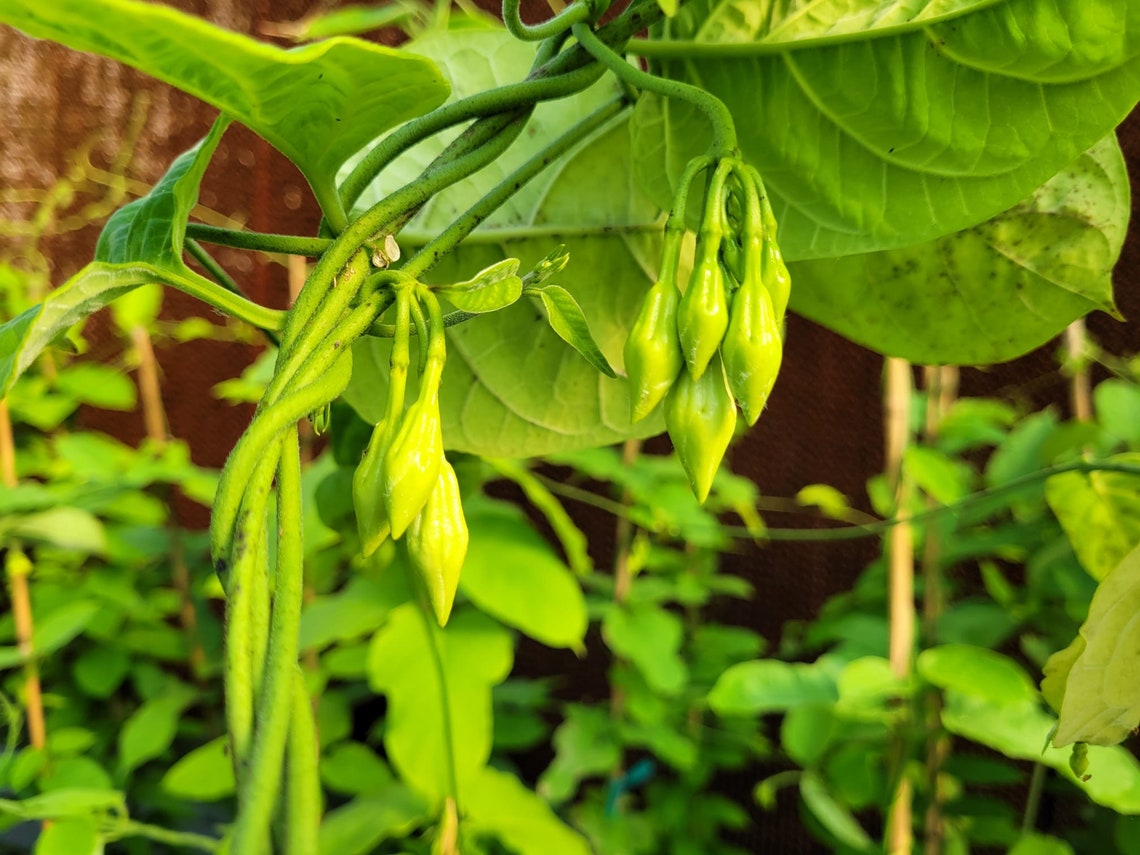
Loroco Plant Healthy & Beautiful With Flower Buds Etsy
Women ownedhandmadefree & easy returnsorganic
Quality goods for sale are not just limited to luxury items or high-end brands. Everything for sale. For the seller, there is the risk that they may not be able to find a buyer who is willing to pay the desired price, or that the sale may not go through as planned. Upcycling is a great way to make the most out of second-hand goods, adding both value and meaning to the items that are being repurposed. Second-hand markets also promote the idea of a circular economy, an economic system that focuses on reducing waste and reusing products. Online platforms also offer the convenience of searching for specific items, whether it’s a rare collector’s item, a particular brand of clothing, or a piece of furniture that fits a specific design style. Due diligence is a crucial part of the process, where the buyer investigates the business thoroughly to ensure that there are no hidden liabilities, potential risks, or operational inefficiencies. It’s a small but significant way to make a positive impact on the planet, especially when one considers the volume of waste generated by fast fashion, electronic waste, and disposable goods. For those on a budget or looking to stretch their money further, second-hand markets provide an opportunity to purchase goods that would otherwise be out of reach. When people choose quality goods, they are choosing longevity over convenience, enduring craftsmanship over temporary trends, and often, a timeless aesthetic over what is in vogue today. The process of selling it can be seen as a form of letting go, a recognition that the future may look different from the past, but that doesn’t diminish its importance or value. When people buy second-hand items, they are extending the life cycle of those goods, which means fewer products end up in the trash. Love becomes about what someone can provide in terms of material or emotional benefit, and friendships become alliances, where loyalty is traded for favor or influence. These goods, ranging from clothing to furniture, electronics to books, offer people the chance to find items they need or want at a fraction of the cost of new products. There’s something deeply satisfying about using an item that was crafted with skill and attention. There is also a growing trend of upcycling and repurposing second-hand goods, where items that may no longer serve their original purpose are transformed into something new and useful. These platforms allow buyers to browse listings, access detailed business profiles, and initiate contact with sellers, all from the comfort of their own home. These acts of generosity remind us that there are still things in life that cannot be bought, cannot be sold, and cannot be quantified. For the buyer, there is the risk of inheriting a business with hidden problems or liabilities that were not disclosed during the due diligence process. Some businesses are sold because the owner is ready to retire, while others might be sold due to financial difficulties or changes in the owner’s personal or professional life.
For some, it’s a matter of balancing budgetary constraints with their desire for quality. These platforms often provide tools that help streamline the due diligence process, including access to financial documents, business valuations, and other relevant data. The culture of buying second-hand goods is rapidly shifting in the modern world, particularly among younger generations. One common concern is the risk of purchasing items that are damaged or not as described. This can manifest in the context of career, relationships, or personal goals. Whether it’s a high-end designer handbag, a gently used sofa, or a vintage record player, the price difference between a new and a second-hand item can be significant. The very notion that everything can be bought and sold creates a society where inequality is not just accepted, but ingrained in the very structure of the economy. These goods aren’t just products; they are symbols of craftsmanship, heritage, and pride. The same logic applies to tools, kitchen appliances, furniture, and even technology. In addition to offering unique items and affordable prices, many second-hand stores also serve an important social and community function. Many quality goods are made by artisans or small businesses who take the time to create products that reflect their expertise and passion. It involves an in-depth understanding of the business’s financials, operations, and market position. Books, records, and collectibles are also highly sought after in the second-hand market. Sellers also have to deal with the emotional aspects of letting go of a business that they may have built over many years. For instance, when someone is job hunting, it can feel like they’re placing themselves on the market, waiting for the right offer. The concept of a circular economy, where products are reused and repurposed instead of discarded, is central to the appeal of second-hand goods. They believe that certain things, like love, loyalty, and friendship, should be above the reach of commerce. The concept of quality, however, is not a one-size-fits-all. Second-hand items are typically sold for a fraction of their original price, making them an attractive option for individuals on a budget. When an item is marked as “for sale,” it enters a space where value is defined not only by the object itself but by the context in which it’s placed.